Lemons — the bright, zesty, and tangy citrus fruits — are loved across the globe. From fresh lemonade stands and kitchen recipes to household cleaning and skincare products, lemons hold a crucial spot in both our kitchens and industries. With their endless uses and health benefits, lemons are in high demand throughout the year, fueling an active global trade market.
But have you ever wondered which country leads the world in lemon exports? Which nation grows and ships the most lemons to meet this international appetite? In this article, we’ll take a deep dive into global lemon production, trade data, top exporting countries, and explore the key reasons behind the dominance of the world’s leading lemon exporter.
Global Overview of the Lemon Trade
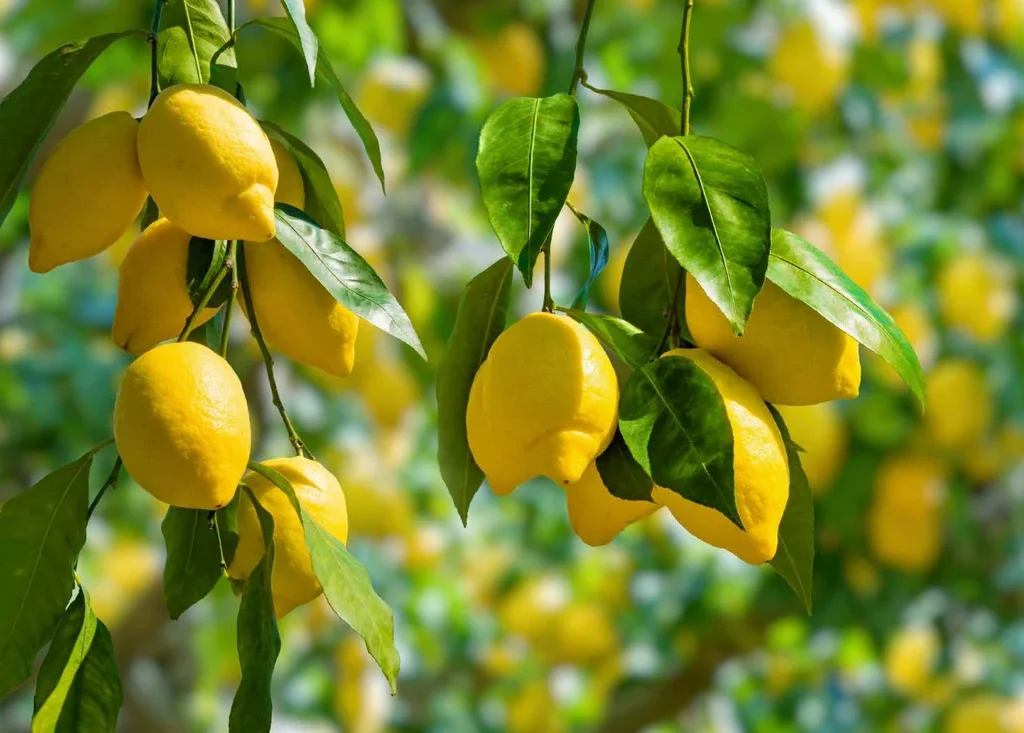
Lemons, along with limes, are among the most commercially traded citrus fruits in the world. Classified under HS Code 080550 (Fresh or dried lemons and limes), the global lemon and lime export market was valued at over US $3.7 billion in 2023.
The international demand for lemons has been consistently rising due to:
- Increasing health awareness (lemons are rich in Vitamin C and antioxidants)
- Growing use in beverages, culinary dishes, and natural remedies
- Industrial applications in cosmetics, cleaning agents, and aromatherapy
This steady and diverse demand has driven lemon exports to new heights, with a few countries dominating the market.
Which Country Is the Largest Lemon Exporter in the World?
As of the latest international trade data from 2023, Spain is the largest exporter of lemons in the world.
Key Statistics:
- Annual lemon export value (2023): US $857.8 million
- Global market share: Approximately 23%
- Main export markets: Germany, France, United Kingdom, Netherlands, Italy
Spain’s Mediterranean climate, modern farming practices, and proximity to key European markets have positioned it at the top of the global lemon export chain.
Why Spain Leads in Lemon Exports
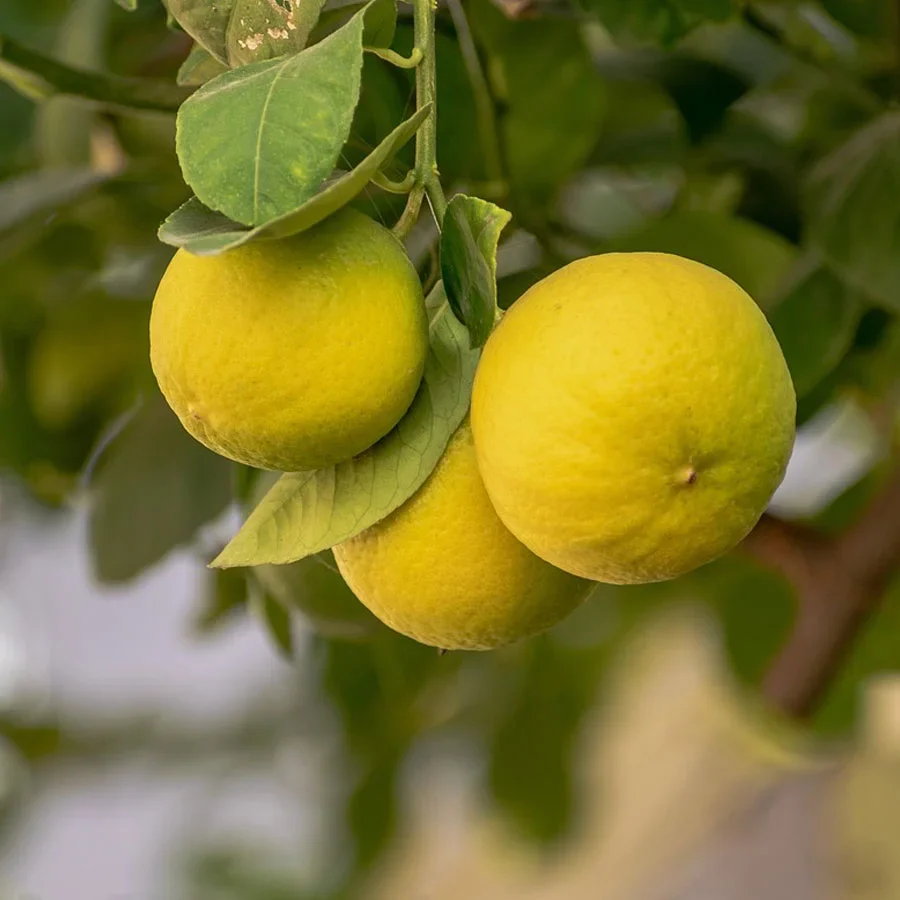
Spain’s leadership in lemon exports is no accident. It’s the result of a combination of natural, technological, and logistical advantages:
Ideal Climate
Spain’s southeastern regions — especially Murcia, Valencia, and Andalucía — offer long, warm, sunny summers and mild winters. These perfect Mediterranean conditions are highly favorable for cultivating juicy, aromatic, and high-quality lemons.
Advanced Agricultural Techniques
Spain is one of the most technologically advanced citrus producers in Europe. Spanish farmers widely implement:
- Drip irrigation systems
- Integrated pest management
- Greenhouse and controlled-environment cultivation
- Soil fertility enhancement programs
These measures ensure higher yields, better fruit quality, and compliance with strict European phytosanitary and sustainability standards.
Proximity to Major Markets
Spain’s strategic location within Europe allows for fast and efficient transport of fresh lemons to nearby countries such as Germany, France, the UK, and the Netherlands. This proximity reduces transportation time and ensures fruits arrive fresh at their destinations.
Year-Round Supply Capacity
Spain produces two major lemon varieties:
- Primofiori (Fino): October to March
- Verna: April to June
This staggered harvesting ensures a steady lemon supply for almost 8 months of the year, giving Spain a competitive advantage in continuous market presence.
Other Major Lemon Exporters
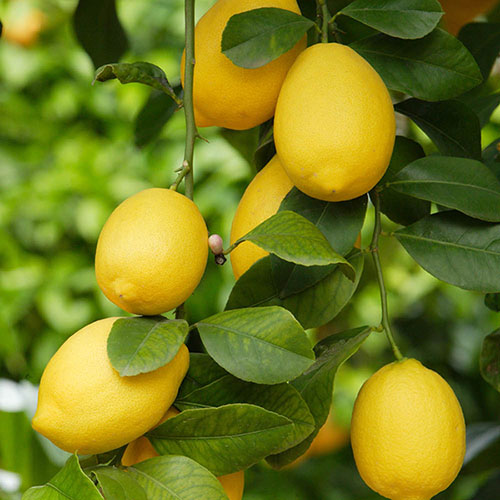
While Spain tops the global lemon export chart, several other countries contribute significantly to the international trade of lemons:
| Rank | Country | Export Value (2023, USD) | Global Share (%) |
|---|---|---|---|
| 1 | Spain | $857.8 million | 23% |
| 2 | Mexico | $722.7 million | 19% |
| 3 | South Africa | $362.0 million | 9.7% |
| 4 | Türkiye | $358.6 million | 9.6% |
| 5 | Netherlands | $351.3 million | 9.4% |
| 6 | United States | $187.1 million | 5.0% |
| 7 | Brazil | $174.0 million | 4.7% |
| 8 | Argentina | $123.1 million | 3.3% |
Mexico ranks second, largely supplying the North American market — particularly the United States, its primary trading partner. South Africa and Türkiye are also notable suppliers to Europe and the Middle East.
Global Export Volumes vs. Values
Interestingly, while Spain leads in export value, other nations like Mexico may export higher volumes of both lemons and limes combined. However, Spain’s focus on premium-quality lemons destined for European markets allows it to command higher prices per kilogram compared to bulk-volume exporters.
Spain’s lemons are typically priced at around €0.90 per kg, while exporters like Mexico and South Africa average lower rates due to longer shipping routes and varied market standards.
Top Global Lemon Importers

On the import side, the largest consumers of lemons and limes are:
- United States
- Germany
- United Kingdom
- France
- Netherlands
- Canada
- Japan
These developed nations have high per capita fruit consumption and growing health-focused lifestyles, increasing year-round demand for fresh lemons.
Seasonal Production & Trade Patterns
The international lemon trade operates on a complementary seasonal basis:
- Spain’s peak season: October to June
- South Africa, Argentina, and Türkiye: June to September
- Mexico: year-round availability
This arrangement ensures a continuous global supply of fresh lemons throughout the year.
Market Trends and Industry Insights

Several factors and trends are currently shaping the lemon export industry:
Sustainability Focus
Consumers and regulators in Europe and North America increasingly demand sustainably grown produce. Spain leads in implementing water-saving irrigation, organic farming, and eco-friendly packaging.
Expansion of Emerging Markets
Growing middle-class populations in India, China, and the Middle East are increasing demand for imported lemons, opening new opportunities for exporters.
Health & Wellness Trends
As lemons are associated with immunity-boosting, detoxification, and digestive health benefits, global demand continues to rise, particularly for organic and residue-free varieties.
Logistics and Cold Chain Improvements
Modern cold chain logistics and advanced transportation infrastructure allow Spanish lemons to reach markets across Europe, the Middle East, and Asia within optimal freshness windows.
Future Outlook for Lemon Exports
The future of global lemon exports looks promising:
- Global lemon export value is projected to cross US $4.5 billion by 2027
- Spain is expected to maintain its leadership, with increasing competition from Türkiye and South Africa
- New markets in Asia and the Middle East will drive additional growth
- Greater emphasis will be placed on sustainable and organic lemon production due to environmental regulations and conscious consumerism
Conclusion
To wrap up:
- Spain is currently the largest lemon exporter in the world, with an export value of US $857.8 million in 2023, accounting for around 23% of the global lemon market.
- Spain’s success stems from its favorable Mediterranean climate, modern farming technology, sustainable practices, proximity to key markets, and ability to supply premium-quality lemons.
- Mexico, South Africa, Türkiye, and the Netherlands are other key players in the international lemon trade.
- With rising health trends, sustainability demands, and expanding markets in Asia and the Middle East, the global lemon trade is poised for steady growth in the coming years.

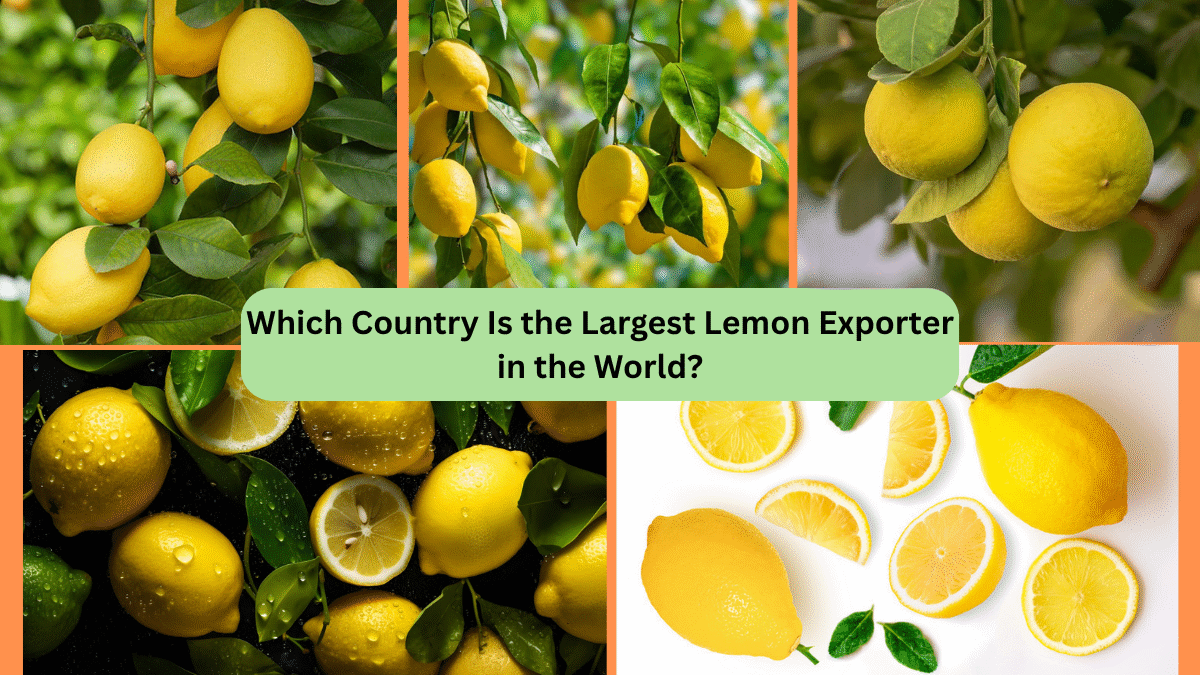

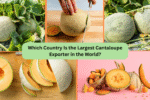
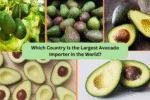
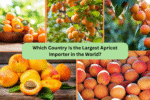
Leave A Comment